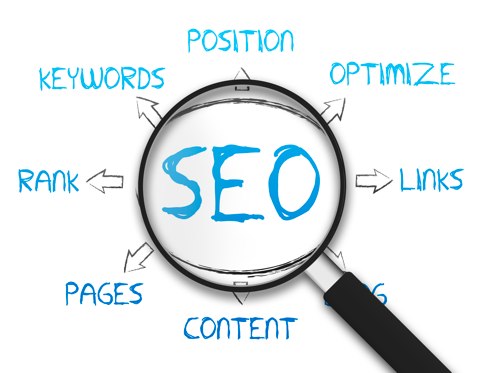
With regard to site improvement, technical SEO plays a pivotal part in working on both performance and accessibility. Search engines like Google have become more brilliant in evaluating sites, considering factors beyond content relevance.
In this blog, we will understand how you can leverage technical SEO in Mississauga to upgrade your site's performance and accessibility, eventually improving your possibilities to rank higher on search engine result pages (SERPs).
Boost Website Performance
1. Speed matters
Site speed is also significant for client experience, additionally for SEO. Slow-loading sites can increase bounce rates, frustrating guests who might abandon your site and stay away forever. To develop site speed:
a- Optimize images: Compress and resize pictures without undermining their quality. This reduces their file size, prompting quicker loading times.
b- Minify code: Eliminate unnecessary characters, spaces, and line parts from your HTML, CSS, and JavaScript documents to lessen record size.
c- Leverage browser caching: You can set expiration dates for static resources stored in visitors' browsers, reducing the need to bring them once more.
2. Mobile-friendly design
Internet consumption is now dominated by mobile devices. SEO company in Mississauga helps make mobile-friendliness a fundamental part of technical SEO. Google's mobile-first indexing means that your site's mobile version is considered essential for ranking and indexing purposes. Guarantee your site is mobile-friendly by:
a-Using responsive design: Make a design that changes consistently to various screen sizes and orientations.
b- Prioritizing mobile loading speed: Optimize pictures, empower compression, and minify code to guarantee quick loading times on cell phones.
Enhance Website Accessibility
1. Clear navigation
SEO company in Mississauga can assist you with an organized and intuitive navigation framework that improves client experience and accessibility. Make it simple for guests to find the data they seek by:
a- Using descriptive labels: Clearly label your navigation menu items and briefly depict dropdown submenus.
b- Using logical hierarchy: Sort out your site's content sensibly, guaranteeing that the main pages are effectively accessible.
2. Alt text for pictures
Alt text gives alternative descriptions to pictures, making them open to visually impaired users and assisting search engines with figuring out the context. Keep these rules while adding alt text to pictures:
a- Be descriptive: Portray the picture precisely, conveying its purpose and content.
b- Keep it concise: Utilize succinct descriptions without unnecessary details.
c- Avoid keyword stuffing: Don't stuff alt text with keywords; focus on clearness and relevance.
3. Proper heading structure
Headings are fundamental for clients and search engines to grasp the content hierarchy. Use heading labels (H1, H2, H3, etc.) effectively:
a- Hierarchy and order: Keep a logical hierarchy of headings, beginning with a single H1 tag for each page.
b- Content organization: Use headings to divide content into segments, making it more straightforward for clients to scan and explore.
To close:
Technical SEO in Mississauga is an amazing asset for optimizing website performance and accessibility. Remember, the objective is to make a site that fulfils search engine algorithms and delights guests with a seamless and accessible browsing experience.
John Steven is the author of this article. For more details about Customer Relationship Management Software in Mississauga please visit our website: zandmarketing.ca



























